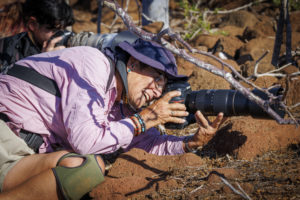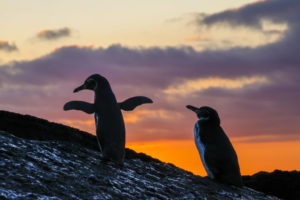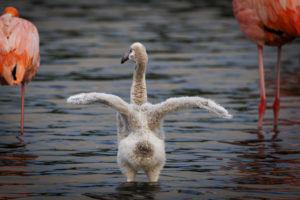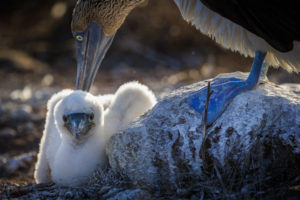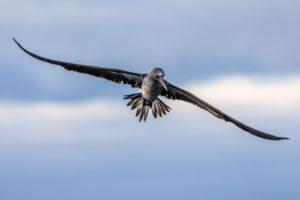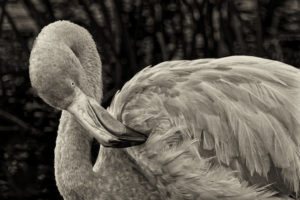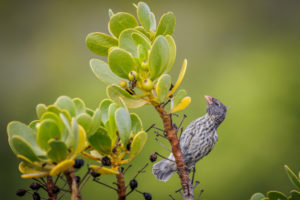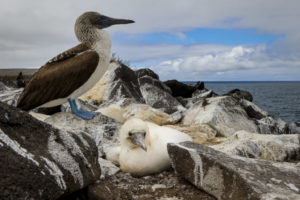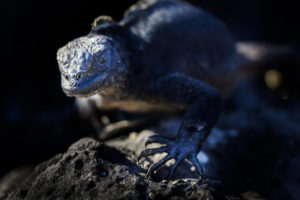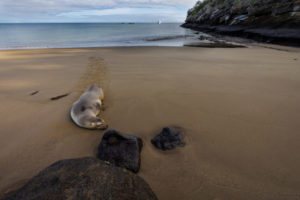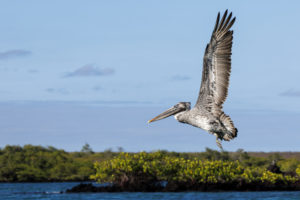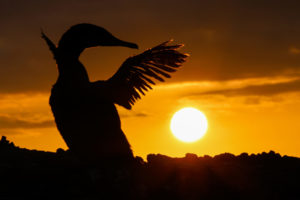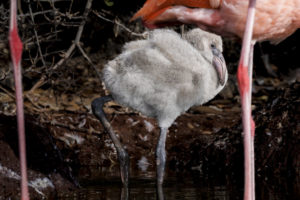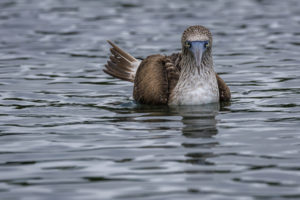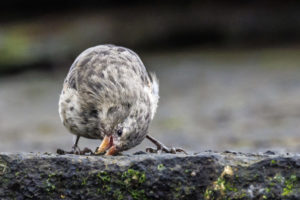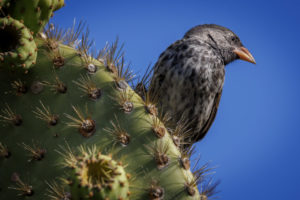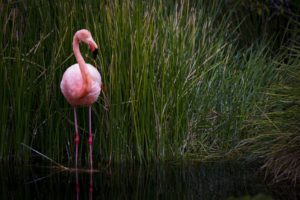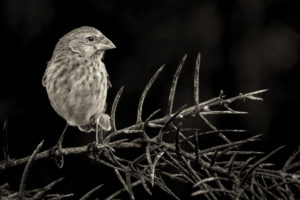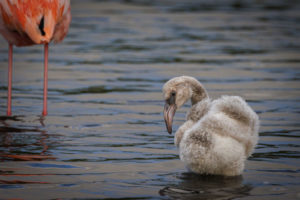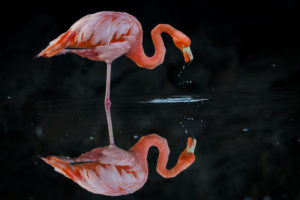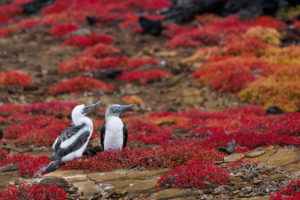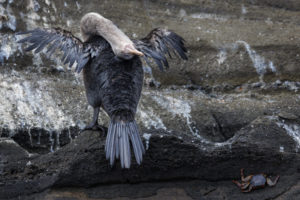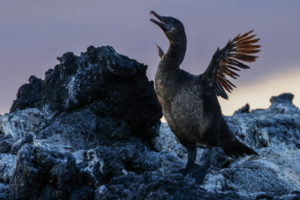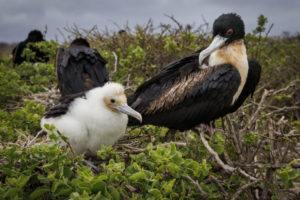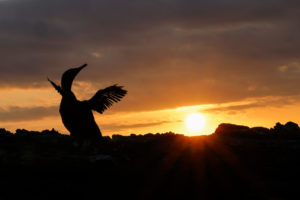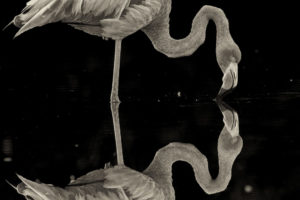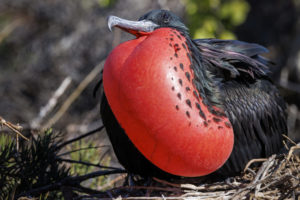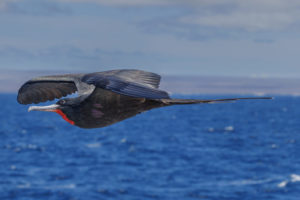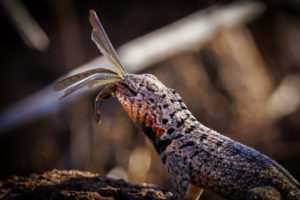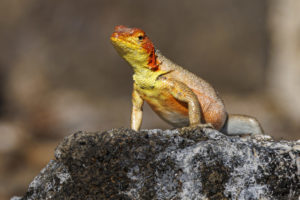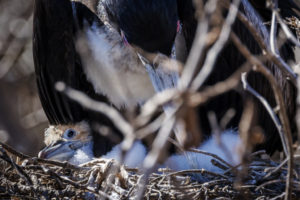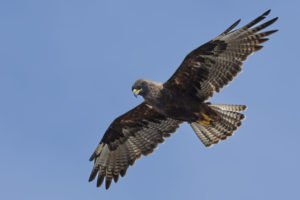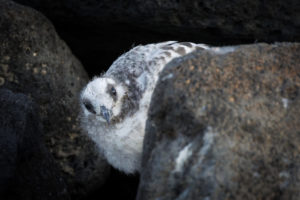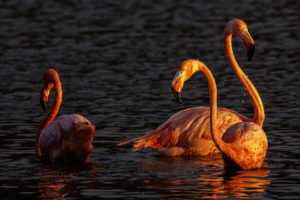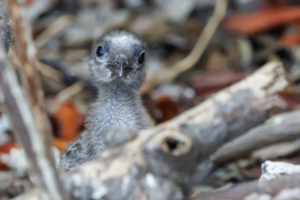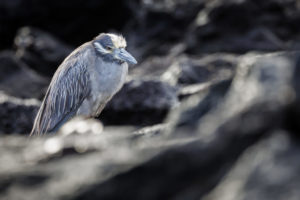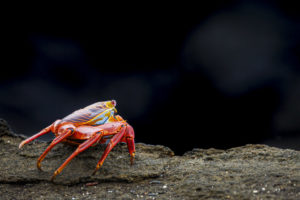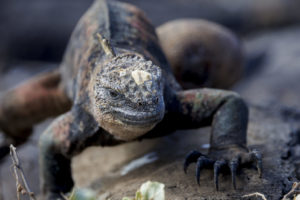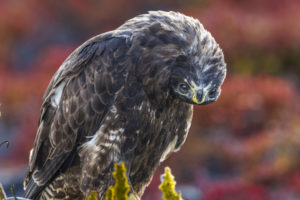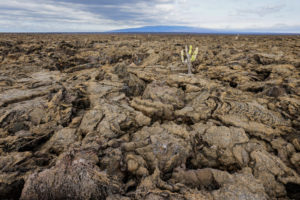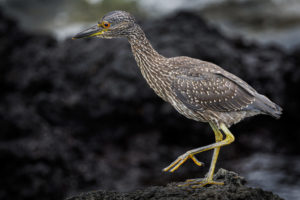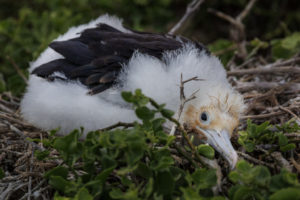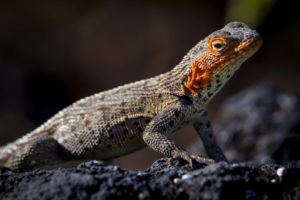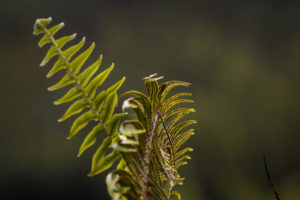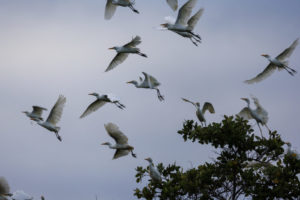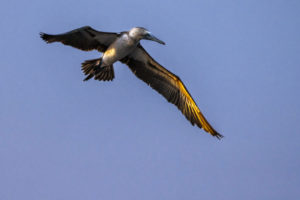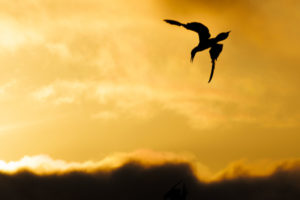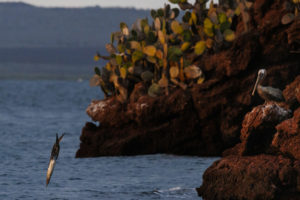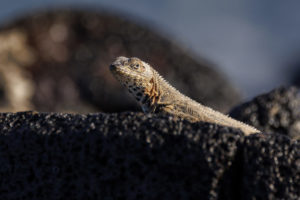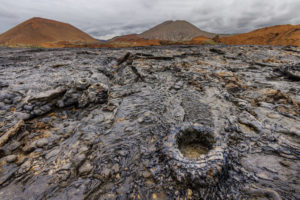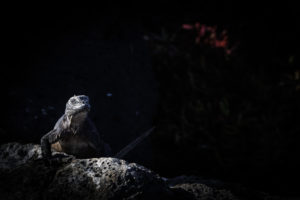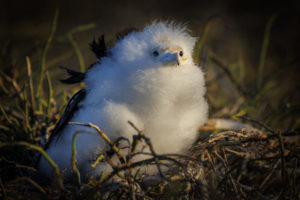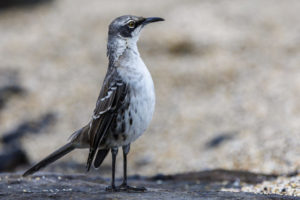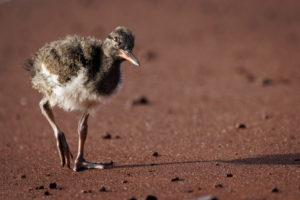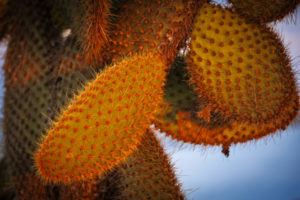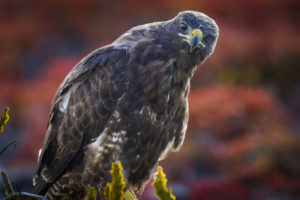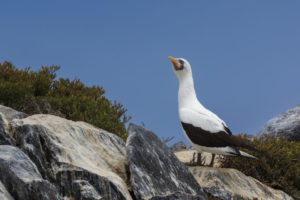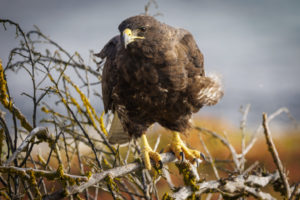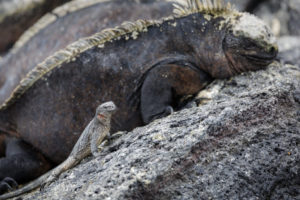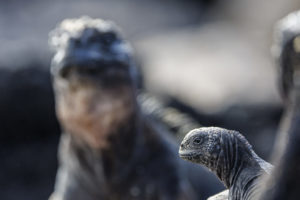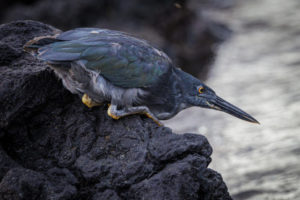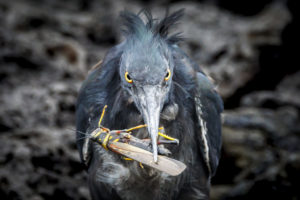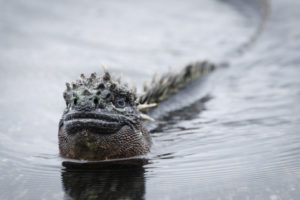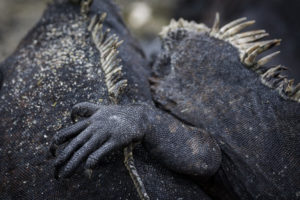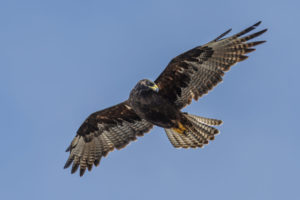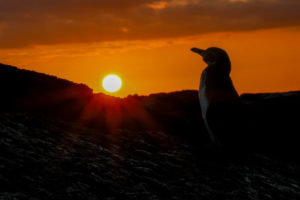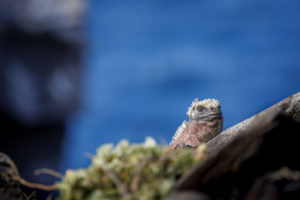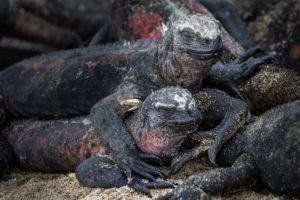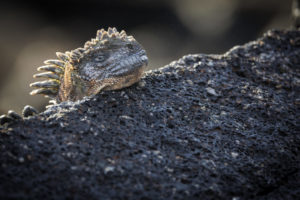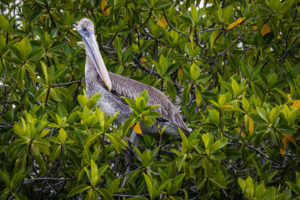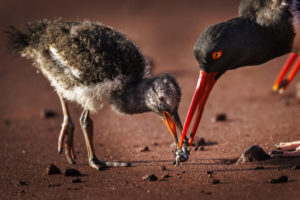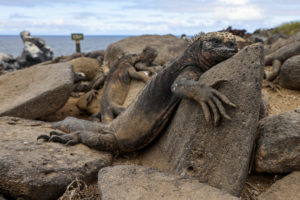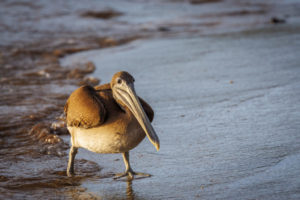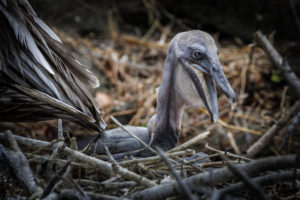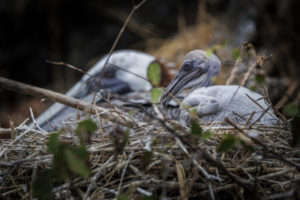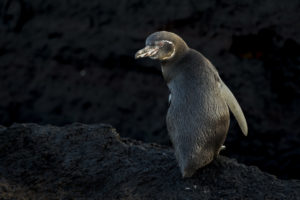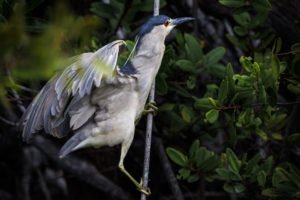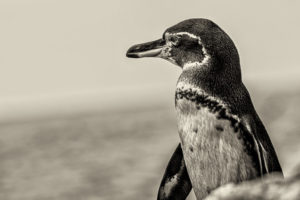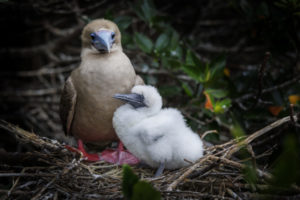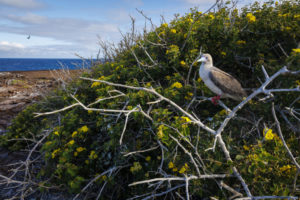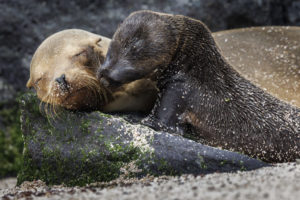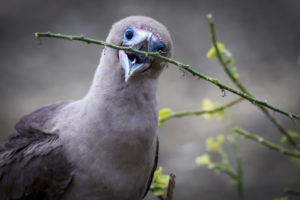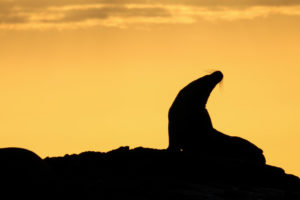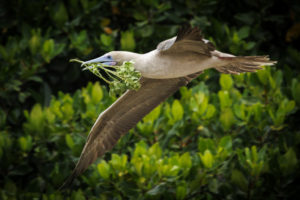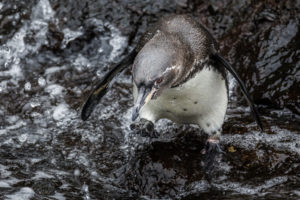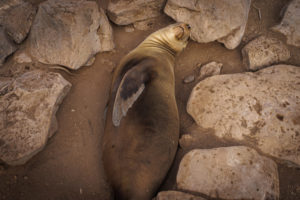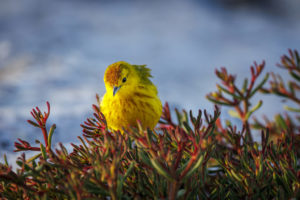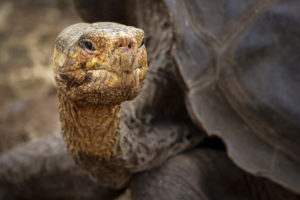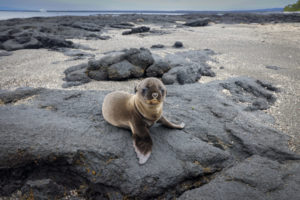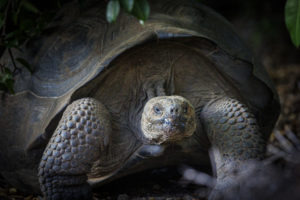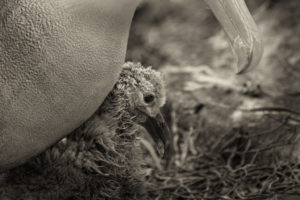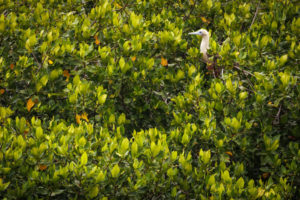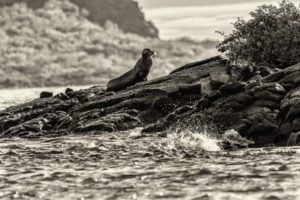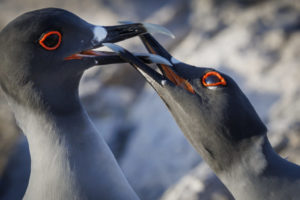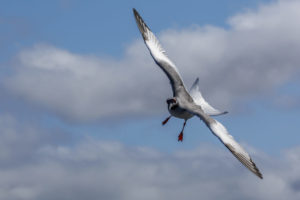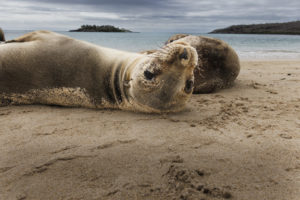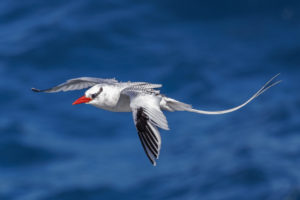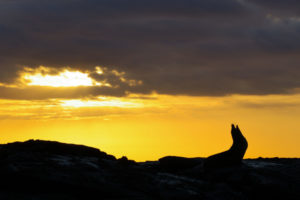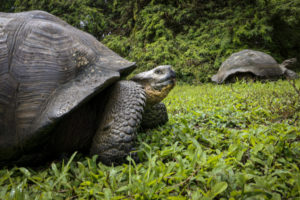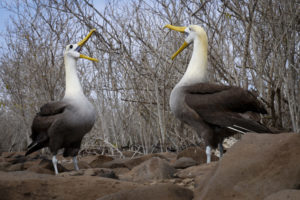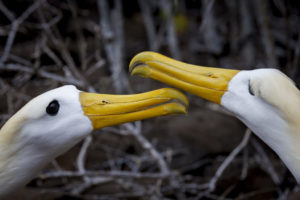Galapagos
There is no where else in the world like the Galapagos.
It could fairly be said that this archipelago of 13 volcanic islands changed everything we once thought about the origins of life on earth. It was here that Charles Darwin, while observing finches on the various islands, would piece together the evidence that would later support his world-changing theory of evolution.
Sitting on the equator, 600 miles off the coast of Ecuador, the islands, as well as 16 tiny associated islets, were (and still are) a living laboratory. But what attracts most people to the islands is the remarkable behavior of its non-human inhabitants. Cut off from the rest of the world and with few natural predators, the birds and other animals are famously unconcerned with human visitors.
Birds that would ordinarily flee at the sight of a person, instead perch nonchalantly in trees and on rocks ignoring photographers. Colonies of Iguanas lounge on rocks, soaking up the sun. They are so numerous and blend in so well with the environment that visitors must walk cautiously so as not to inadvertently step on one. Mother sea lions snooze on white sand beaches while their young ones frolic in the surf and pose for pictures before crawling back for a nap next to mama.
In the water, they playfully approach snorkelers, before shooting down into the depths as if to remind the human visitors that we will never be as adapt and comfortable in the water as they are.
Galapagos Babies !
We were very lucky. The birds, sea lions and even the marine iguanas all were raising their young when we arrived. (Although we wouldn’t say that the iguanas were doing much parenting.)
Considering a Trip to the Galapagos?
A few details about our trip to the Galapagos for anyone interested. We booked the trip through Galapagos Travel (https://galapagostravel.online/). Although the company has since merged with a Canadian travel agency, the trips remain largely unchanged.
These are small group trips (ours had 10 people) and concentrate on giving their customers plenty of time to photograph. Nearly every day we landed on one of the islands, spent the morning photographing, returned to the boat and then in the late morning or early afternoon went snorkeling. Some days we made a second stop in the afternoon for more photos.
For birds that can’t easily be photographed from shore (penguins and flightless cormorants for example) they took us out on rubber boats that hugged the cliffs so we could get good shots.
At night the yacht would move on to the next island and the process would repeat itself.
We watched other tour groups get marched across the island trails, pausing only briefly for a few quick snaps, while we leisurely hung around able to get not one or two shots of any critter we saw, but dozens or even hundreds.
Probably the most significant difference was in the quality of tour leaders and naturalist. Our tour leader, Tui De Roy is probably the premier photographer of the Galapagos and the author of several books on the island wildlife, as well as books on other wildlife around the world. Our naturalist, Monica, (all tour groups must be accompanied by a government-certified naturalist) was equally knowledgeable. (Her father was director of the Darwin Research Station on Santa Cruz Island.) The great thing about both of them was that they knew exactly where the wildlife could be found. In fact, in some cases, they even knew individuals.
The base cost for any trip to the Galapagos is high, but we reasoned that rather than try to save a small amount and cut corners, it was better to invest a bit more and get a true “trip of a lifetime.”
While ours was a 15-day cruise, the company offers shorter cruises, which basically divide the tour into half, reducing the number of islands visited and the number of days at sea.
Gallery
Click on an image below to see a full-page copy.
